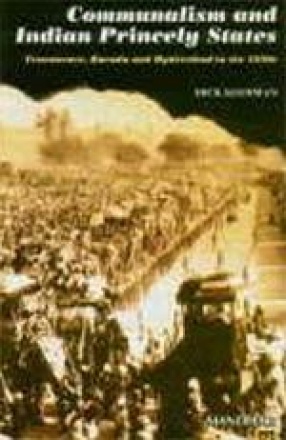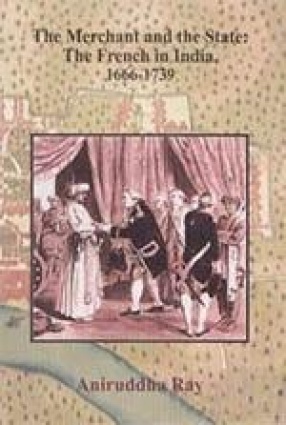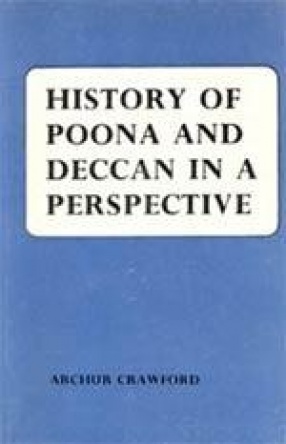The emergence of communalism in India is often attributed to British colonial rule. The distribution of rights and privileges along religious lines is alleged to have divided people in mutually exclusive, hostile social groups. Historians seldom discuss the turn, development of communal relations might have taken without British political interference. Fortunately, the Indian princely states, which maintained a semi-autonomous existence until independence, offer an unparalleled field of comparison. Nevertheless, studies of communal relations in these states have remained rather limited. In this book, the situation in Travancore, Baroda and Hyderabad in the 1930s will be analysed from a comparative perspective. In Baroda, relations between members of different religions were generally free from acute tension. In Travancore, rivalries between Hindus and Christians started from an early date. In spite of all its bitterness, this form of communalism was largely non-violent. In Hyderabad, where Muslims ruled a Hindu majority, communalism came late, but when it came it exploded with a force too long suppressed. Communalism was not a phenomenon that remained confined to British India. However, the seeds of communalism were not blown one way from British India to the states. Communal forces grew in both territories, became interconnected, and in many ways reinforced each other. They did not conform to a common pattern, as internal conditions within each state played a determining role. In Travancore communal rivalries emerged from within as part of local developments, but in Hyderabad the communal fire was to a large extent lit from outside.
The Merchant and the State: The French in India, 1666-1739 (In 2 Volumes)
This brief survey of the ...
$73.80
$82.00





There are no reviews yet.